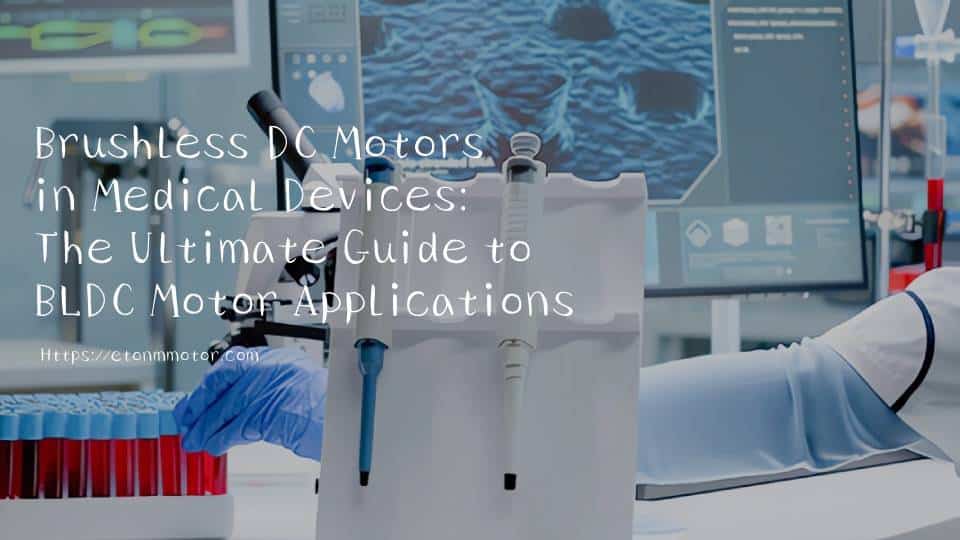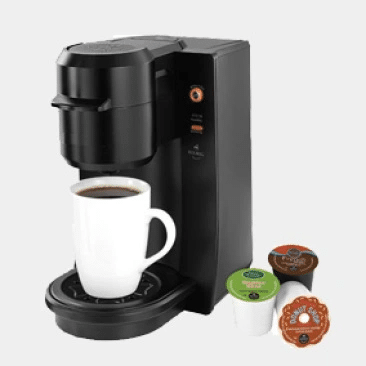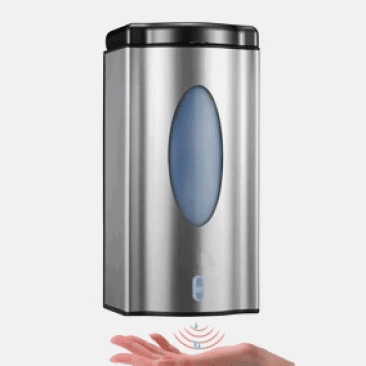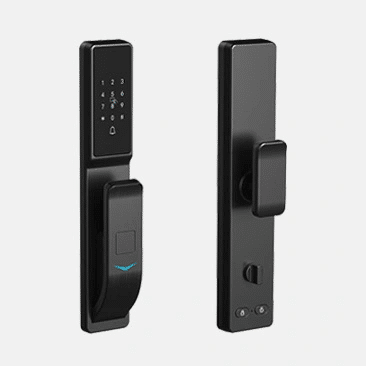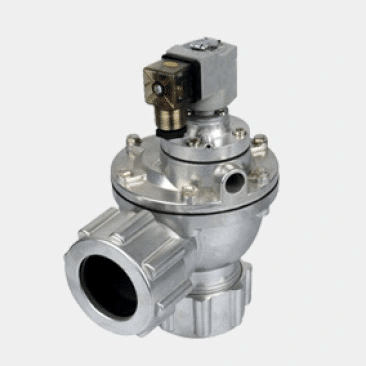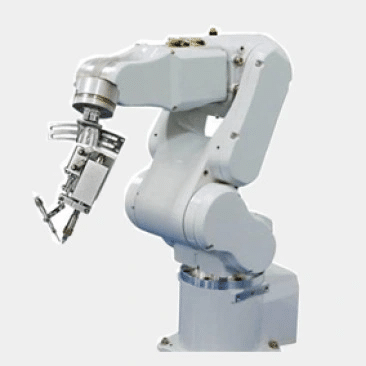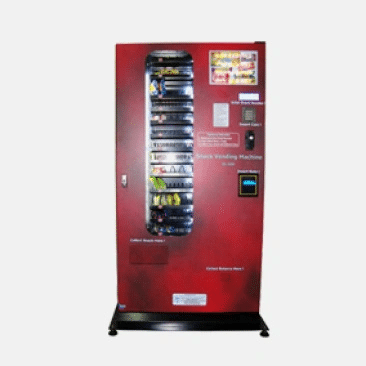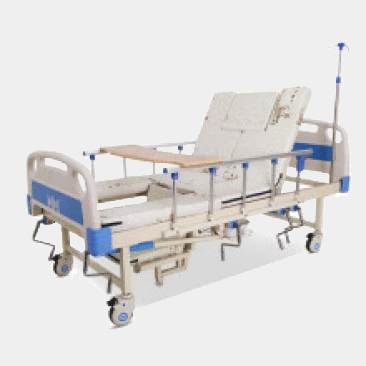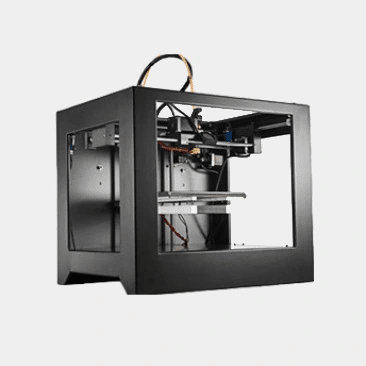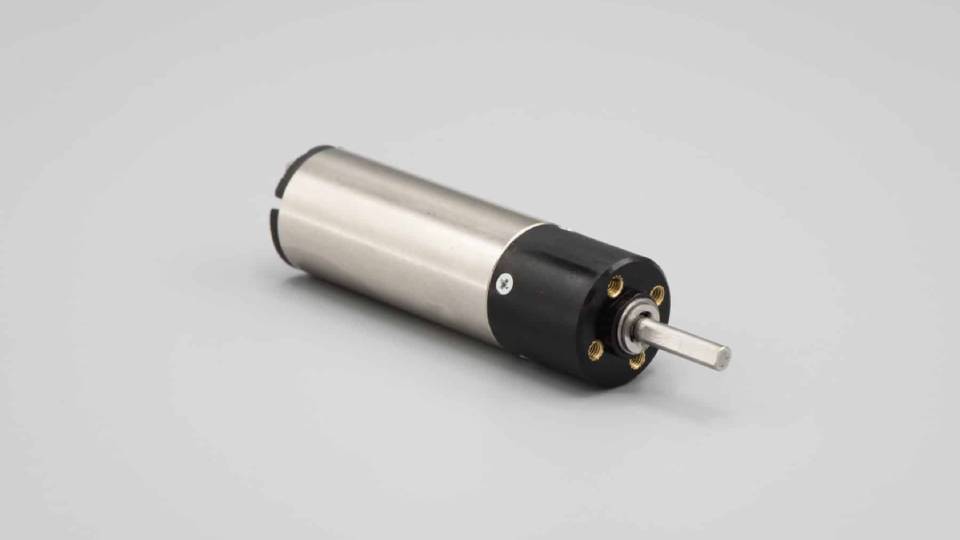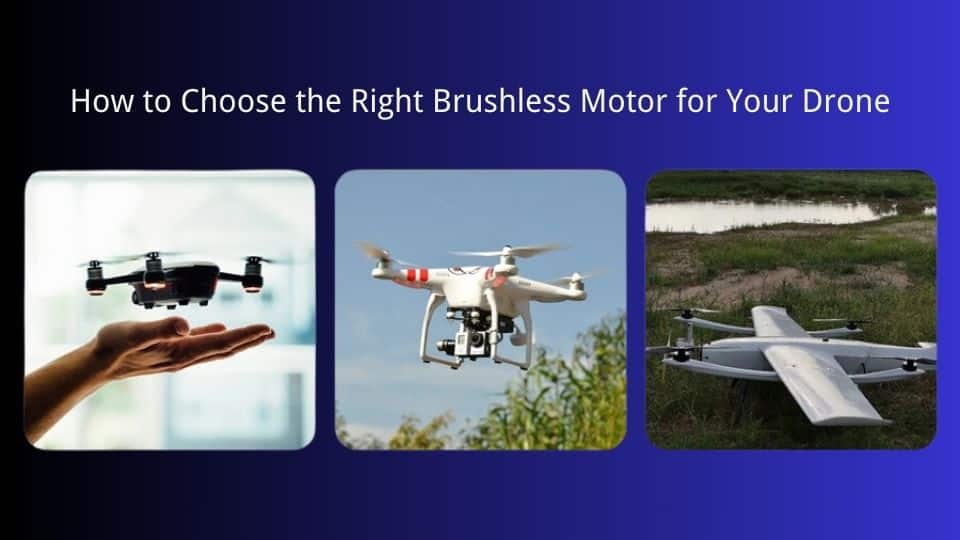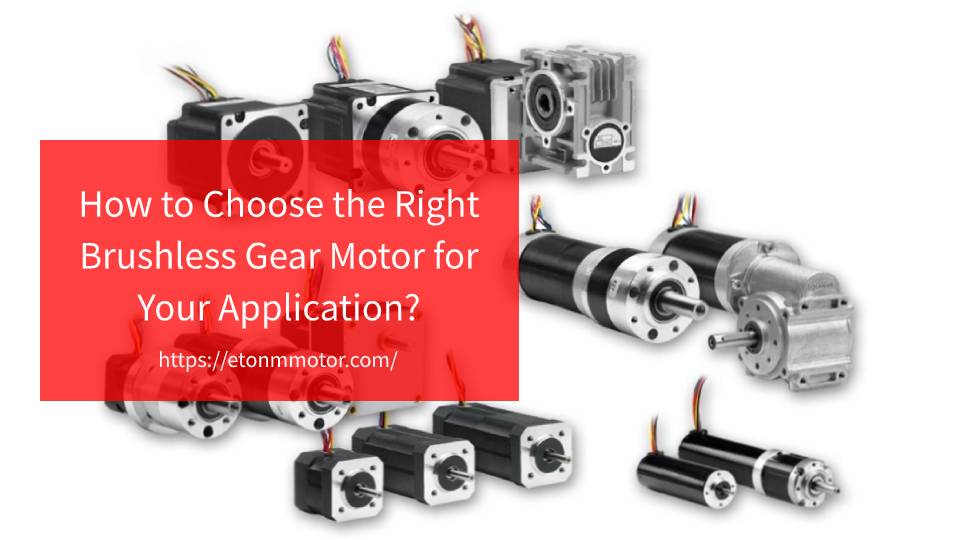Discover how Brushless DC Motors (BLDC Motors) are revolutionizing medical devices. Learn about their uses, benefits, and why customizable medical motors are essential for modern healthcare technology.
Table of Contents
Introduction
In the rapidly evolving world of healthcare technology, precision, reliability, and efficiency are non-negotiable. This is where Brushless DC Motors (BLDC Motors) comes into play. These advanced motors have become a cornerstone in the design and functionality of modern medical devices, powering everything from surgical robots to portable diagnostic tools.
Unlike traditional brushed motors, BLDC Motors offer superior performance with minimal maintenance, making them ideal for critical medical applications. Their ability to deliver precise control, high efficiency, and quiet operation has made them indispensable in devices like MRI machines, infusion pumps, and wearable health monitors.
As the demand for smarter, smaller, and more energy-efficient medical devices grows, the role of Brushless DC Motors in medical devices continues to expand. Whether it’s enabling life-saving surgeries or improving patient comfort, BLDC Motors is at the heart of innovation in healthcare.
In this guide, we’ll explore why BLDC Motors are the preferred choice for medical applications, the different types used in the industry, and how customizable solutions are shaping the future of medical technology. Let’s dive in!
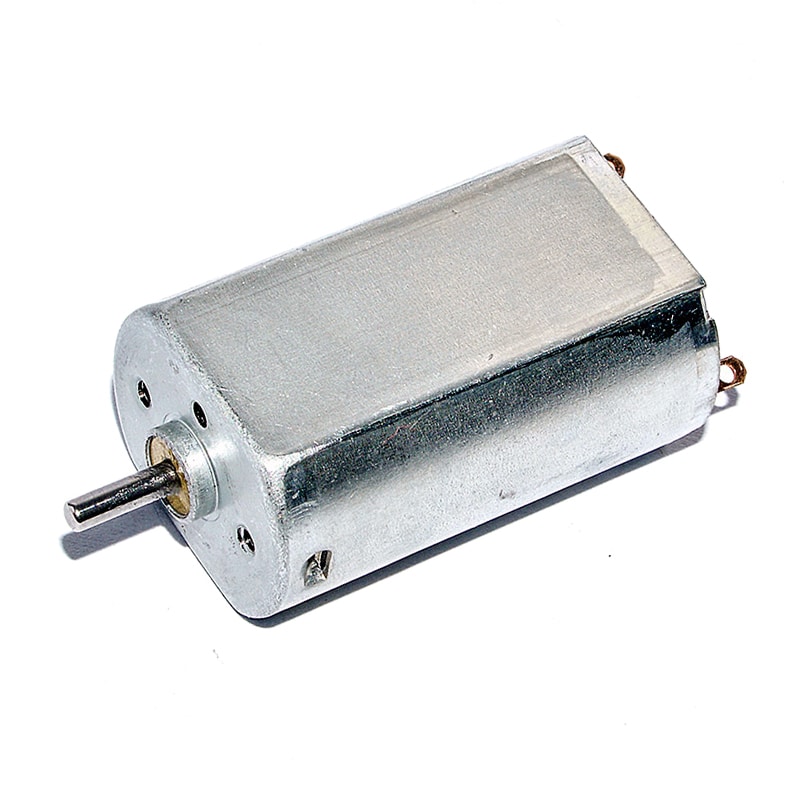
Why Brushless DC Motors Are Ideal for Medical Devices
When it comes to medical devices, performance is critical. Every component must meet the highest standards of precision, reliability, and efficiency to ensure patient safety and optimal outcomes. This is why Brushless DC Motors (BLDC Motors) have become the go-to choice for medical applications.
One of the standout features of BLDC Motors is their high efficiency. Unlike traditional brushed motors, which lose energy due to friction and wear, BLDC Motors operate with minimal energy loss. This makes them ideal for battery-powered medical devices, such as portable ventilators or wearable health monitors, where energy conservation is crucial.
Another key advantage is their low maintenance design. BLDC Motors lack brushes, which means there’s no physical contact to cause wear and tear. This results in a longer lifespan and reduced downtime—a critical factor for medical devices that must operate reliably over extended periods.
Precision is another area where BLDC Motors excel. With their ability to deliver smooth and accurate control, these motors are perfect for applications like surgical robots, where even the slightest movement can make a difference. Additionally, their quiet operation ensures they can be used in sensitive environments, such as operating rooms or patient recovery areas, without causing disruptions.
In summary, the combination of efficiency, durability, and precision makes Brushless DC Motors an indispensable component in modern medical devices. Whether it’s powering life-saving equipment or enhancing patient comfort, BLDC Motors are driving innovation in healthcare technology.
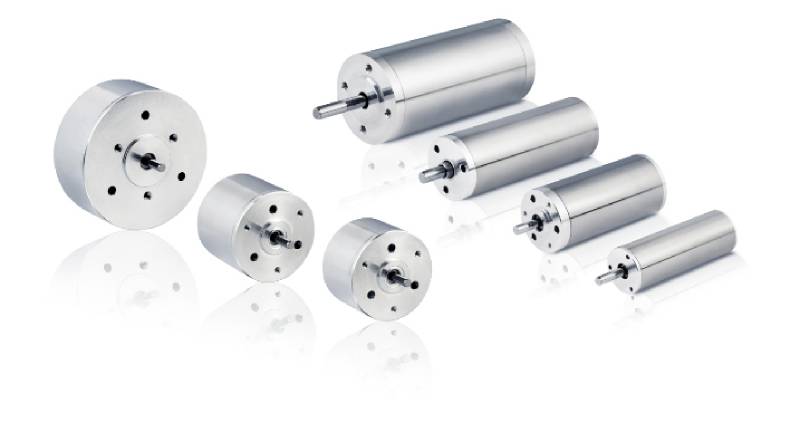
Types of Brushless DC Motors Used in Medical Devices
The versatility of Brushless DC Motors (BLDC Motors) makes them suitable for a wide range of medical applications. From life-saving surgical tools to advanced imaging systems, these motors are engineered to meet the unique demands of healthcare technology. Let’s explore the different types of BLDC Motors and their specific uses in medical devices.
1. Surgical Tools and Robotics
In the world of minimally invasive surgery, precision is everything. BLDC Motors are at the heart of surgical robots and precision instruments, enabling surgeons to perform complex procedures with unmatched accuracy. Their ability to deliver smooth, controlled movements ensures that even the most delicate tasks, such as suturing or tissue manipulation, can be performed with confidence. Additionally, the compact size of BLDC Motors allows for the development of smaller, more agile surgical tools, reducing patient trauma and improving recovery times.
2. Imaging Equipment
Medical imaging devices like MRI machines, CT scanners, and ultrasound systems rely on BLDC Motors for their precise motion control. These motors are used to position imaging components, adjust focus, and ensure smooth operation during scans. Their quiet operation is particularly important in imaging environments, where noise can interfere with diagnostic accuracy. Furthermore, the high efficiency of BLDC Motors helps reduce energy consumption, making them a sustainable choice for large-scale imaging systems.
3. Portable Medical Devices
The rise of portable and wearable medical devices has created a growing demand for compact, energy-efficient motors. BLDC Motors are widely used in infusion pumps, portable ventilators, and wearable health monitors, where their lightweight design and long battery life are critical. For example, in wearable devices that monitor heart rate or blood glucose levels, BLDC Motors ensure reliable performance without compromising comfort or portability.
By understanding the diverse applications of BLDC Motors in medical devices, it’s clear why they are a preferred choice for healthcare technology. Whether it’s enabling life-saving surgeries, enhancing diagnostic imaging, or improving patient mobility, these motors are driving innovation across the medical field.
Benefits of Customizable Medical Motors
In the highly specialized world of medical devices, one size rarely fits all. Each application has unique requirements, from size and power to noise levels and operational precision. This is where customizable medical motors come into play, offering tailored solutions that meet the exact needs of healthcare technology.
Why Customization Matters
Medical devices often operate in challenging environments, from sterile operating rooms to portable settings where space and energy are limited. Off-the-shelf motors may not always meet these specific demands. Customizable Brushless DC Motors (BLDC Motors), on the other hand, can be designed to fit precise specifications, ensuring optimal performance in even the most demanding applications.
For example, a surgical robot might require a motor with ultra-high precision and minimal vibration, while a wearable health monitor might need a compact, energy-efficient design. By working with a manufacturer like Etonm Motor, medical device developers can access motors that are engineered to their exact requirements, from torque and speed to size and power consumption.
Key Advantages of Customizable BLDC Motors
Enhanced Performance: Custom motors are optimized for specific tasks, ensuring better efficiency, reliability, and longevity.
Compact Design: Tailored motors can be designed to fit into smaller devices, enabling the development of more portable and user-friendly medical equipment.
Reduced Development Time: Working with an experienced manufacturer can streamline the design process, helping bring medical devices to market faster.
Cost Efficiency: While customization may seem like an added expense, it often reduces long-term costs by minimizing the need for modifications or replacements.
Real-World Applications
Customizable BLDC Motors are already making a difference in various medical applications. For instance, in infusion pumps, motors can be designed to deliver precise fluid control, ensuring accurate medication delivery. In diagnostic equipment, customized motors can provide the quiet operation and smooth motion needed for high-quality imaging.
At Etonm Motor, we specialize in providing Customizable Medical Motors that meet the unique needs of healthcare technology. Whether you’re developing a cutting-edge surgical tool or a next-generation wearable device, our team can help you design a motor that delivers unmatched performance and reliability.
Challenges and Solutions in Using BLDC Motors for Medical Devices
While Brushless DC Motors (BLDC Motors) offer numerous advantages for medical applications, their integration into healthcare technology is not without challenges. From heat dissipation to noise reduction, medical devices often operate in environments where even the smallest inefficiency can have significant consequences. Let’s explore some common challenges and the innovative solutions that make BLDC Motors a reliable choice for medical devices.
1. Heat Dissipation
Medical devices, especially those used in prolonged procedures, can generate significant heat. Excessive heat can affect motor performance and even damage sensitive components.
Solution: Advanced thermal management techniques, such as integrated cooling systems and heat-resistant materials, help maintain optimal operating temperatures. Additionally, BLDC Motors are inherently more efficient than brushed motors, reducing heat generation in the first place.
2. Noise Reduction
In medical settings, noise can be a major distraction or even a source of discomfort for patients and healthcare providers. For example, imaging equipment or surgical tools must operate quietly to maintain a calm environment.
Solution: BLDC Motors are designed for smooth, quiet operation due to their brushless design. Further customization, such as precision balancing and vibration damping, can minimize noise levels even further.
3. Compact Design
Medical devices are increasingly becoming smaller and more portable, requiring motors that can deliver high performance in a limited space.
Solution: BLDC Motors are inherently compact and can be customized to fit specific size constraints. Miniaturized designs, combined with high power density, ensure that these motors meet the demands of modern medical devices without compromising performance.
4. Precision and Control
Medical applications often require extremely precise motor control, whether it’s positioning a surgical instrument or adjusting the focus of an imaging system.
Solution: BLDC Motors excel in precision control due to their electronic commutation and advanced feedback systems. Customizable solutions, such as integrated encoders or sensors, can further enhance accuracy and responsiveness.
5. Regulatory Compliance
Medical devices must meet stringent regulatory standards to ensure safety and reliability. This includes compliance with certifications like ISO 13485 for medical devices.
Solution: Partnering with a manufacturer like Etonm Motor, which specializes in Brushless DC Motors for Medical Devices, ensures that motors are designed and tested to meet all relevant regulatory requirements.
Future Trends: BLDC Motors in Healthcare Technology
The healthcare industry is undergoing a transformation, driven by advancements in technology and the growing demand for smarter, more efficient medical devices. As a result, Brushless DC Motors (BLDC Motors) are poised to play an even more significant role in shaping the future of healthcare technology. Let’s explore some of the emerging trends that are set to redefine the use of BLDC Motors in medical applications.
1. Miniaturization
As medical devices become smaller and more portable, the demand for compact yet powerful motors continues to grow. BLDC Motors are already known for their high power density, but future advancements in materials and design will enable even smaller motors without sacrificing performance. This trend is particularly important for wearable devices, implantable tools, and handheld diagnostic equipment.
2. IoT Integration
The Internet of Things (IoT) is revolutionizing healthcare by enabling real-time monitoring and data collection. BLDC Motors are increasingly being integrated into IoT-enabled devices, such as smart infusion pumps and connected ventilators. These motors can provide precise control while transmitting operational data to healthcare providers, improving patient outcomes and reducing the risk of errors.
3. Energy Efficiency
With sustainability becoming a global priority, energy-efficient medical devices are in high demand. BLDC Motors are inherently more efficient than traditional motors, but future innovations will focus on further reducing energy consumption. This is especially critical for battery-powered devices, where longer battery life can enhance usability and patient comfort.
4. Advanced Materials and Manufacturing
The use of advanced materials, such as lightweight composites and high-temperature alloys, will enhance the performance and durability of BLDC Motors. Additionally, advancements in manufacturing techniques, such as 3D printing, will enable more complex and customized motor designs, opening up new possibilities for medical applications.
5. AI and Machine Learning Integration
Artificial intelligence (AI) and machine learning are transforming healthcare by enabling predictive diagnostics and personalized treatment plans. BLDC Motors will play a key role in this evolution by powering AI-driven devices, such as robotic surgical systems and automated diagnostic tools. These motors will need to deliver precise, adaptive control to meet the demands of AI-powered applications.
6. Focus on Patient-Centric Design
As healthcare becomes more patient-centric, medical devices will need to prioritize comfort, usability, and accessibility. BLDC Motors will be at the forefront of this trend, enabling quieter, smoother, and more reliable operation in devices designed for home use or patient self-care.
Conclusion
The integration of Brushless DC Motors (BLDC Motors) into medical devices has revolutionized healthcare technology, enabling advancements that were once thought impossible. From precision surgical tools to portable diagnostic devices, BLDC Motors have proven to be a cornerstone of innovation, offering unmatched efficiency, reliability, and performance.
Throughout this guide, we’ve explored the many ways BLDC Motors are used in medical applications, their unique advantages, and the challenges they help overcome. We’ve also looked at the growing importance of customizable medical motors and how they are shaping the future of healthcare technology. As trends like miniaturization, IoT integration, and AI-driven devices continue to evolve, BLDC Motors will remain at the forefront of this transformation.
At Etonm Motor, we are committed to providing high-quality, customizable BLDC Motors that meet the specific needs of medical device manufacturers. Whether you’re developing a cutting-edge surgical robot or a next-generation wearable device, our expertise ensures that your motors deliver the precision, efficiency, and reliability required for success.
If you’re ready to take your medical device to the next level, contact us today to learn more about our Brushless DC Motors for medical applications. Let’s work together to create solutions that improve patient outcomes and drive innovation in healthcare.
Explore our Motors Applications
ETONM MOTOR’s Mini DC Motors and Gear Motors are designed to meet the needs of a wide range of industries. Our motors provide reliable performance and precision across numerous applications, helping businesses power their projects with efficiency and innovation.
Related Reading
- How to Choose the Right BLDC Motor for Robotics Applications
- What is a Planetary Gear Motor?
- What is a Worm Gear Motor? The Ultimate Guide to Its Applications and Benefits
- 12V DC Motor High Torque Low RPM Performance
- How to Choose the Right Curtain Motor: Key Factors and Expert Tips
- Introduction of Planetary Gear Motor for Robot
- Technical Parameters and Customization of Low RPM Brushless Motors: A Comprehensive Guide
- BLDC Motors In Electric Vehicles: Types, Benefits & Applications
- What Is A BLDC Worm Gear Motor? Uses, Benefits, And Applications
- How To Choose A Brushless Gear Motor | Etonm Motor Guide
- Brushless DC Motors: Applications In Smart Home, Medical & Robotics
- Smart Lock Motor Solutions for Modern Security

